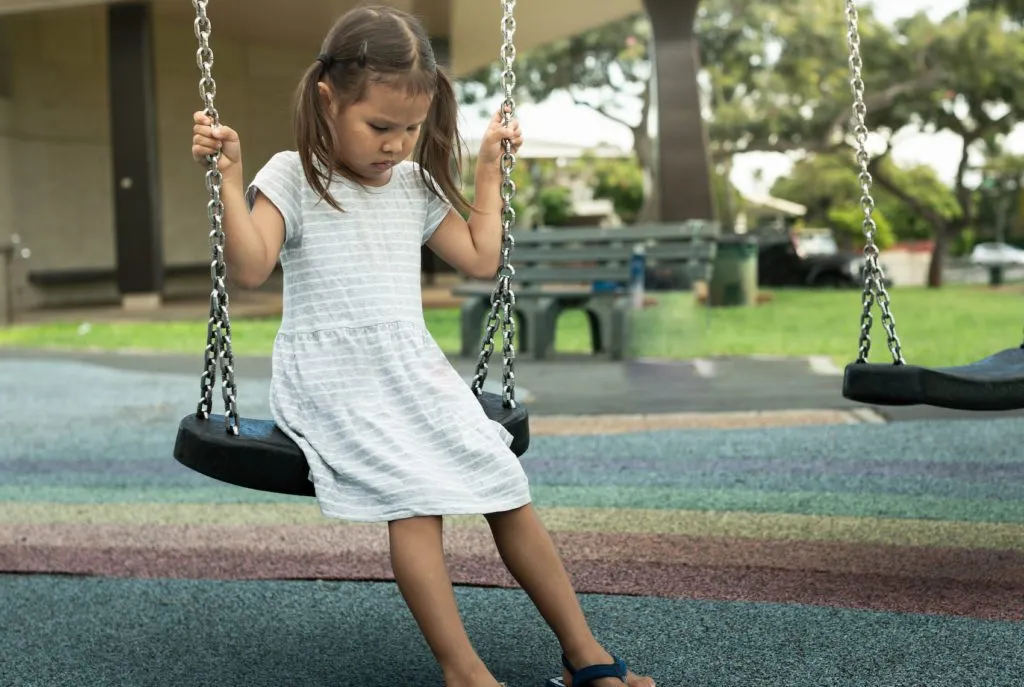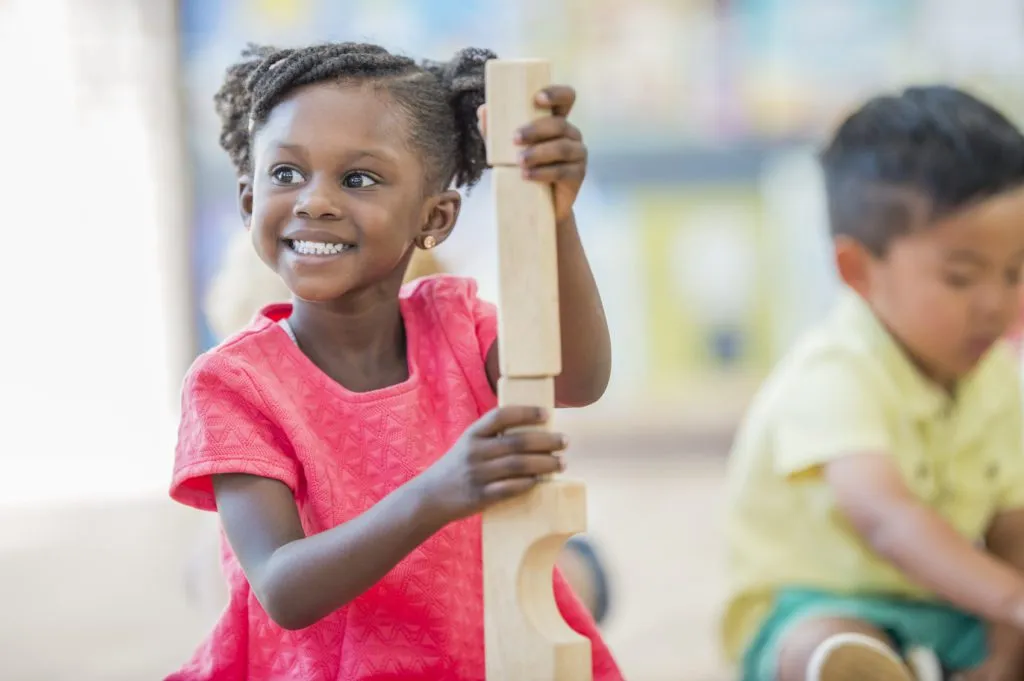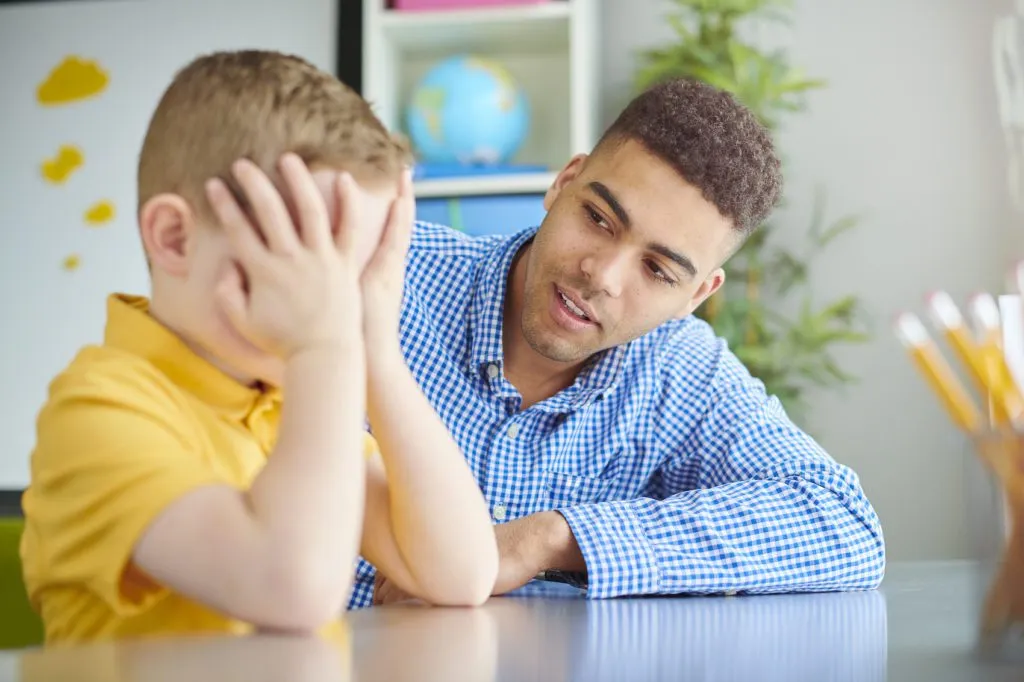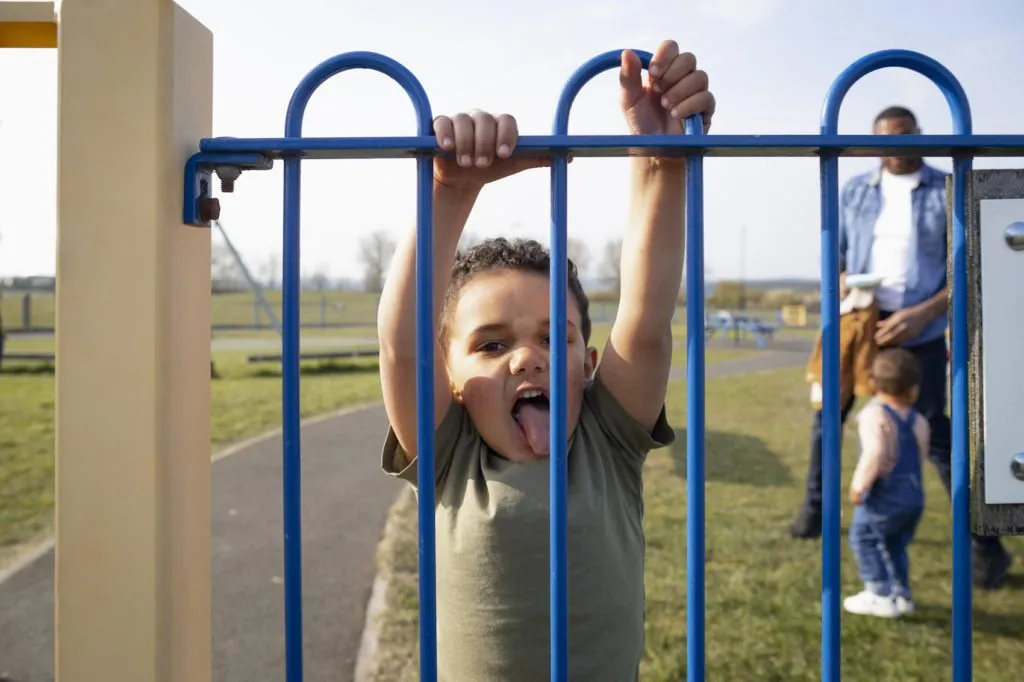Why I Don’t Expect Children to “Be on Their Best Behavior” Anymore
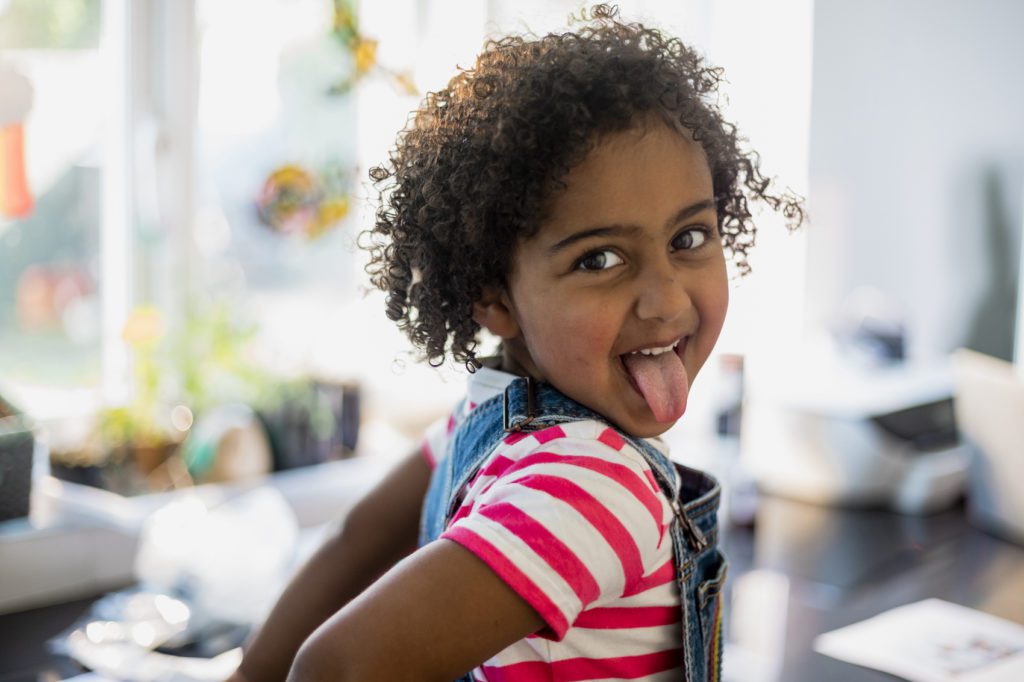
When I began teaching in 1990, my idea of being a good teacher was to have high expectations of children’s ability to “make good choices” and for them to be on their best behavior in my classroom. I went as far as to tell them that if they didn’t follow my beautifully posted rules, they would “make Ms. Angela sad.”
Interestingly, when I made mistakes, I took comfort in and practiced personal kindness by reminding myself that I was doing the best I could and that I can always learn from my mistakes.
But when it came to a three-year-old breaking a rule that we just discussed at morning meeting, I immediately judged that they knew exactly what they were doing and should certainly know better because I taught them to know better. Because I spent so much time judging behavior, I didn’t have the resources to understand what that behavior was communicating to me about the children’s social and emotional skills and what experiences I could be planning. Often, it also led to the children who needed the most support receiving the most judgement.
I didn’t have this reaction when children made mistakes in counting or identifying letters. In those situations, I understood my role as their teacher, and I took joy in using opportunities during hands-on play to support their content learning. But when children made social and emotional mistakes, I would get exasperated! Didn’t we already talk about this? I would give them another talk and sometimes a time-out to teach them to do better. I simply put social skills in a different category from content learning because that was how it was for me when I went to school and my classes in college never really addressed how to support social–emotional development.
It took time for me to realize the importance of supporting social–emotional development. It took even longer for me to recognize that play is the best way for children to experiment with and practice solving problems, compromising, and recognizing other people’s feelings.
It’s important to remember that when we know better, we should do better. Just because I was taught in a certain way when I was a three-year-old, doesn’t mean that it was the best way or even an okay way. According to the National Center for Learning Disabilities (2020), Black boys, children with special needs, and children in poverty are judged most harshly, but we know that there are better responses and ways to truly support these children and meet their developmental needs.1 We must keep reflecting on our current practices and always stay curious about the most recent research into best practices.
We also know that every teacher brings to the classroom their own personal stress that can often be triggered by certain behaviors. Be kind to yourself and remember that social–emotional development is a lifelong endeavor.
And for your teaching, consider using these tips as you help children emotionally grow and learn.
- Let children learn social skills within their play. Instead of giving a time-out and removing children (as I did) when they dumped sand on all their friends for example, give them some time in with adult support. Challenging behaviors are just a signal that the child or children need adult support.
- Remember your Ed Psych 101 class: Jean Piaget said that young children are in the pre-operational stage of thinking. Yes, children know the rules, but at this age they can’t always apply their logic without adult support. They learn concepts about social skills by experiencing them.
- Role-play potential problems with puppets or in dramatic play.
- Help children reflect on how they feel with finger puppets, songs or visuals of feelings.
- Offer sunglasses as a prop to help children “see” a situation differently. Practice this thinking strategy as a game before a challenge occurs by having sunglasses in each interest area and encouraging children to put them on when they brainstorm ideas or solutions, listen to others, or imagine how another child feels.
- You know how you use songs to teach academic skills? Use songs to teach social skills: for example, you might sing about calm-down strategies, such as singing “when you are mad and you know it, walk away” to the tune of “When You’re Happy and You Know It.”
- Make social emotional problem-solving games so children can practice social skills when they are calm and not experiencing strong emotions.
The truth is, children may know better when it comes to adult expectations of their behavior in the classroom, but they need lots of hands-on play experiences to learn how to do better. I can’t expect them to know something they haven’t repeatedly experienced over many years of development. Until they learn these skills, they still need adults to help them learn in a way that matches their stage of development.
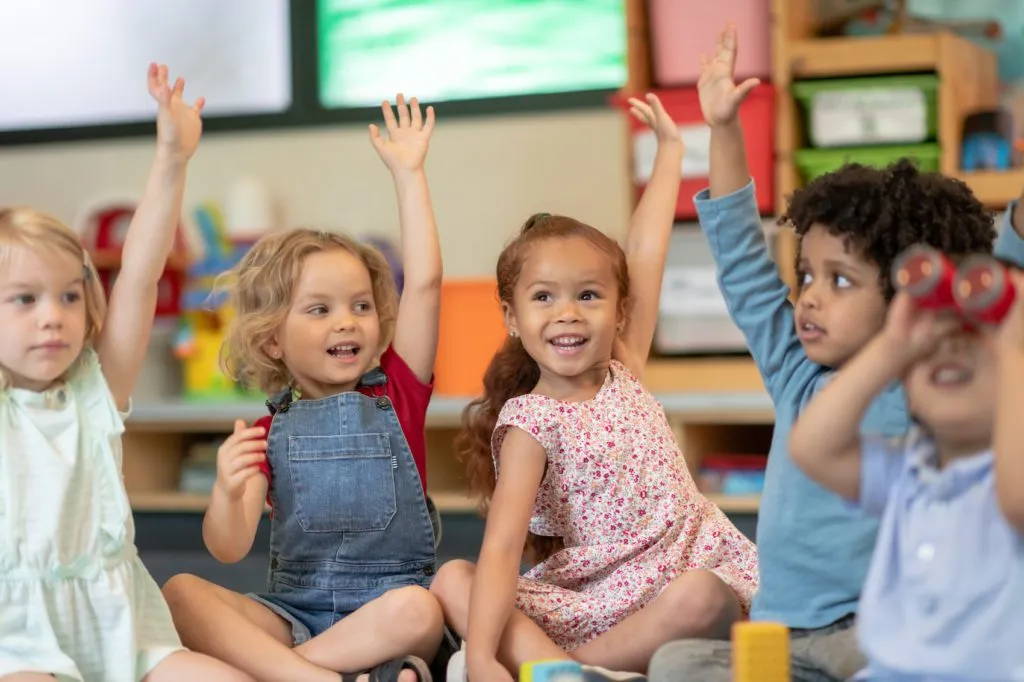
Support Social-Emotional Development with Al’s Pals
Experience a comprehensive social–emotional curriculum designed for the specific needs of preschool children.

About the Author: Angela Searcy
A lifelong learner, Angela holds a B.A. in English and Secondary Education with teacher certification through the state of Illinois, an M.S. degree in Early Childhood Development from Erikson Institute with a specialization in Infant Studies, and a doctorate in Education with a specialization in Response to Intervention and Assessment. Her research centers around brain-based learning assessed by CLASS and its correlation to aggressive behaviors in preschool classrooms. She is currently a post-doctoral candidate in Erikson Institute’s Infant and Early Childhood Mental Health Certificate program, a mental health/educational consultant, and an adjunct faculty member.
On a personal note, Angela loves teaching, learning, and traveling with her family: her husband of 27 years; their four children; and their dog, Honeybee.
- The National Center for Learning Disabilities. (2020). Significant disproportionality in special education: Trends among black students. Washington, DC.
Additional Research:
- Smith, C. E., Blake, P. R., & Harris, P. L. (2013). I should but I won’t: Why young children endorse norms of fair sharing but do not follow them. PloS one, 8(3), e59510.
- U.S. Department of Education Office for Civil Rights. (2018). 2015–16 Civil Rights Data Collection School Climate and Safety.
- The Understood Team. (2020, June 22). FAQs on racial disparities in special education and the “significant disproportionality” rule. Retrieved July 16, 2020, from https://www.understood.org/en/community-events/blogs/the-inside-track/2018/05/23/faqs-on-racial disparities-in-special-education-and-the-significant-disproportionality-rule
